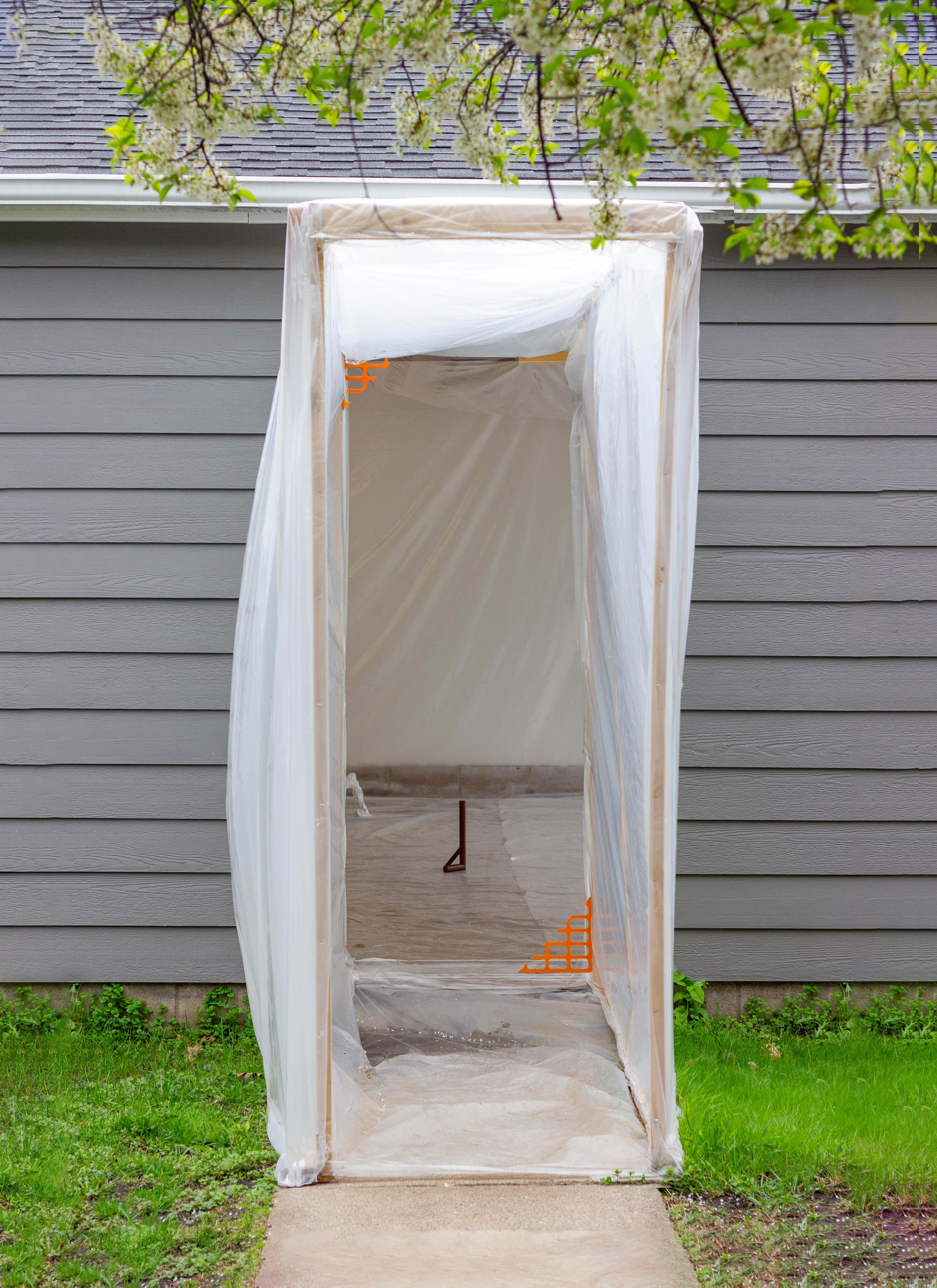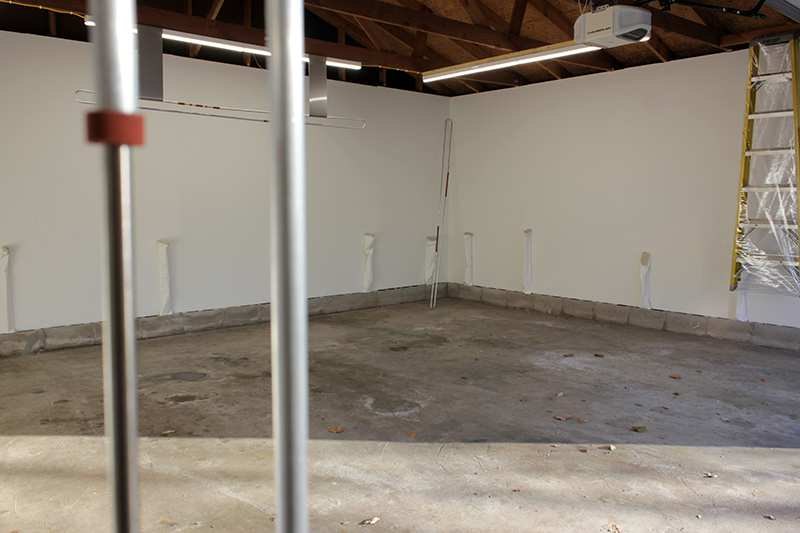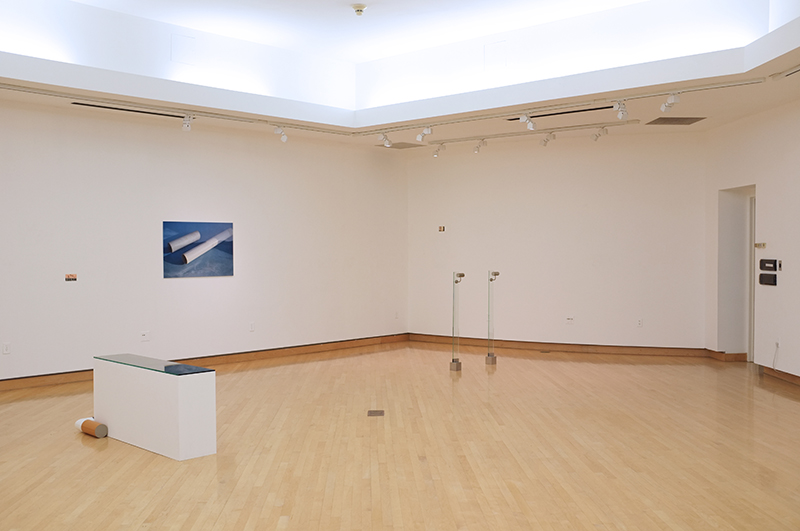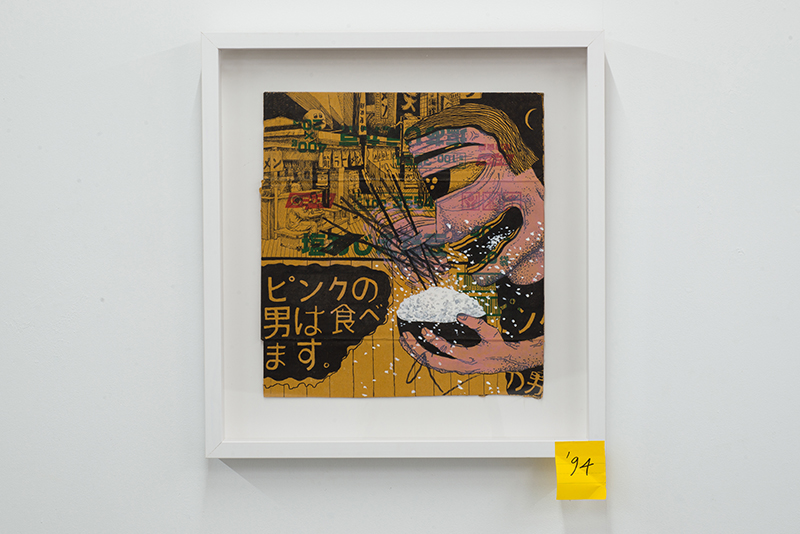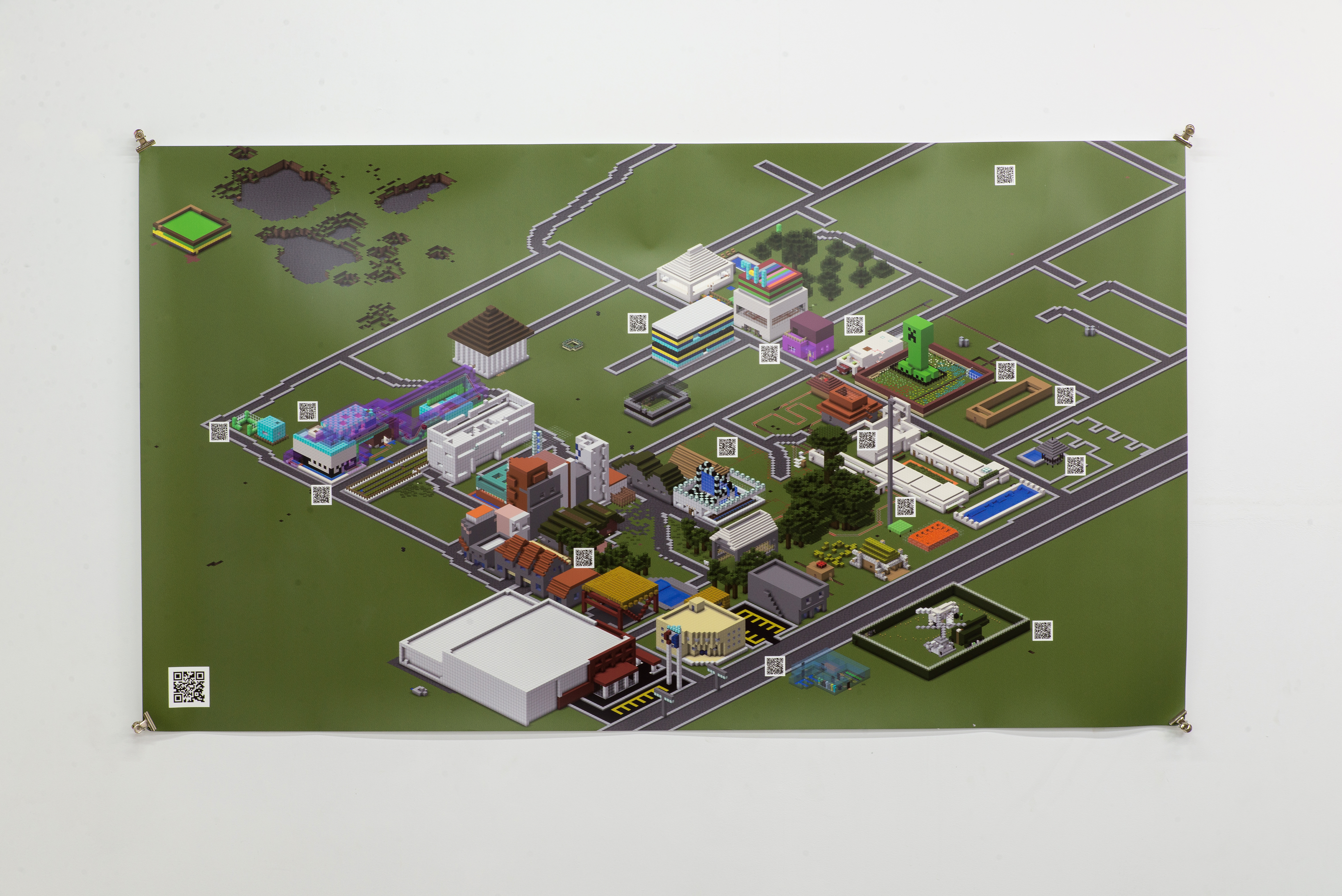FOGSTAND
Gallery & Studio
GOODBYE!
漢 ︎︎︎ EN
Contact ︎︎︎ 聯絡
Support ︎︎︎ 贊助
About ︎︎︎ 關於
Exhibition
Archive ︎︎︎ 歷年
Artist ︎︎︎ 藝術家
Workshop ︎︎︎ 工坊
Residency ︎︎︎ 駐村
News ︎︎︎ 新聞
Shop ︎︎︎ 販售
Gallery & Studio
GOODBYE!
漢 ︎︎︎ EN
Contact ︎︎︎ 聯絡
Support ︎︎︎ 贊助
About ︎︎︎ 關於
Exhibition
Archive ︎︎︎ 歷年
Artist ︎︎︎ 藝術家
Workshop ︎︎︎ 工坊
Residency ︎︎︎ 駐村
News ︎︎︎ 新聞
Shop ︎︎︎ 販售
FOGSTAND Gallery & Studio is a nonprofit art space and creative education centre. The space is temporarily closed.
This website has served as an online archive since 2024.
©2014-2025
FOGSTAND Gallery & Studio. All rights reserved.






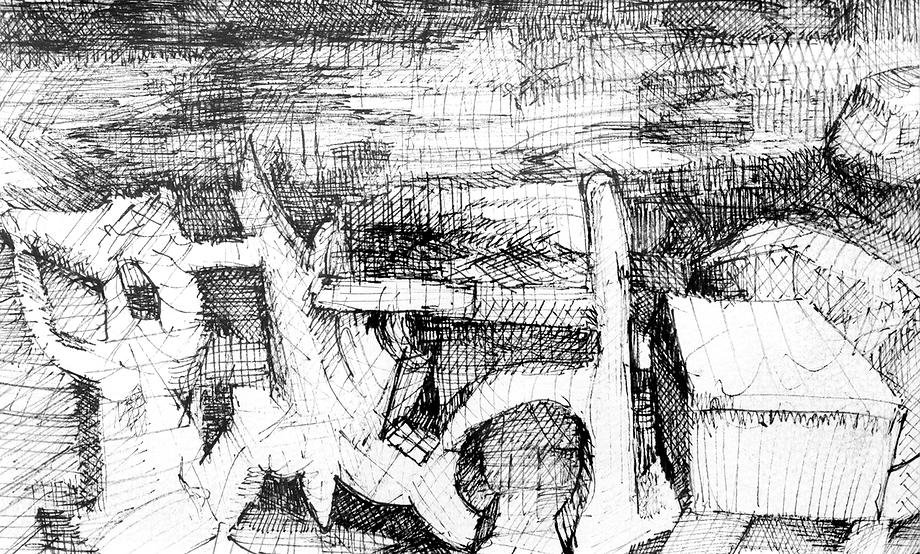




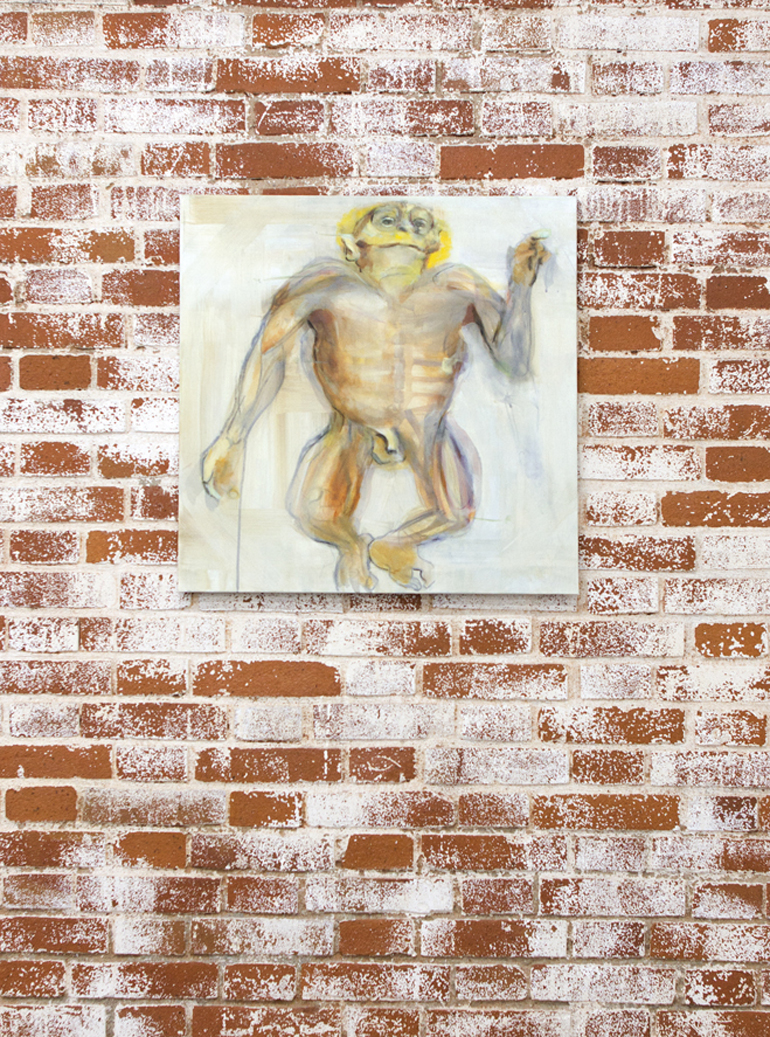


Exhibition on view: 06/29/2014 - 09/27/2014
Opening : 06/29/2014, 1-5pm
Venue: FOGSTAND @ Hualien, Taiwan
Peter Schoeffer (born 1976, USA) lives and works in USA. Schoeffer graduated with a BA in political science from the University of Vermont in 1999 and with a MFA (Hons) from Glasgow School of Art in 2010. Recent Solo activities include: Twisted Sifter, The Former Gallery, West Stockbridge, USA, 2013; Cabinet Inform, archive project. No1 Chocolate Factory, Glasgow, UK; Hive Mime, New City Space New City Road Glasgow, 2011. Medieval Tapestries Projects, Burrell Collection, Glasgow, UK, 2010. Group activities include: The Mutual Members Show, Glue Factory, Glasgow, UK, 2010; Definite Article, Artnews Projects, Berlin, DE, 2010; MFA Degree Show, CCA: Centre for Contemporary Art and The Glue Factory, Glasgow, UK 2010.
Opening : 06/29/2014, 1-5pm
Venue: FOGSTAND @ Hualien, Taiwan
Peter Schoeffer (born 1976, USA) lives and works in USA. Schoeffer graduated with a BA in political science from the University of Vermont in 1999 and with a MFA (Hons) from Glasgow School of Art in 2010. Recent Solo activities include: Twisted Sifter, The Former Gallery, West Stockbridge, USA, 2013; Cabinet Inform, archive project. No1 Chocolate Factory, Glasgow, UK; Hive Mime, New City Space New City Road Glasgow, 2011. Medieval Tapestries Projects, Burrell Collection, Glasgow, UK, 2010. Group activities include: The Mutual Members Show, Glue Factory, Glasgow, UK, 2010; Definite Article, Artnews Projects, Berlin, DE, 2010; MFA Degree Show, CCA: Centre for Contemporary Art and The Glue Factory, Glasgow, UK 2010.
FOGSTAND is pleased to announce its first exhibition, Harvest: New works by Peter Schoeffer, inaugurated by the American artist Peter Schoeffer, his first solo exhibition in Taiwan. Situated somewhere between the now spaceless distance of sculpture and painting, Schoeffer likens his material outcomes to lenses, frames, and, shelves.
Harvest plots its curatorial direction backward, toward a notion put forward by 18th century Scottish philosopher, David Hume, namely the idea that an object is merely a bundle of perceptions without deeper unity or cohesion, related only by resemblance, succession, and causation.
Harkening back to Hume’s “Bundle Theory”, Peter Schoeffer’s paintings highlight how observation always pairs unequally with representation, an inequality that, in turn, gifts the viewer with an altogether different set of entwined visual information. He paints like all painters, namely under the simultaneity of observing a chosen subject and the “processing” of an object (the painting).
For this exhibition, Peter begins his process from a photograph of a self proclaimed “failed painting” (see Press Image) that was later destroyed. The exhibition will culminate with another version of this destroyed painting by using the photograph as a template. In addition, Peter will be creating a series of cross-hatched ink drawings that depict details from the painting as it changes. These drawings act as a pseudo-index, highlighting the interaction between newly introduced forms with the structural hierarchy adhered to by the photograph. The result is a sort of harvesting, multiple autonomous visual properties isolated for their own formal qualities as well as their ability to give record to the history of a single painting.
Not unlike the crudely fashioned “reading lenses” used by monks beginning in the 8th century - a glass sphere hewn in two rendering a magnified, albeit highly distorted image when laid atop a text or image - Schoeffer’s work has less to do with photographic representation and more with the “toying” experience of disclosing contents hitherto unseen by ways of magnification. His paintings are not only a record but, also, a movement and reciprocity of two unequal forms, free to endlessly touch upon one another. A play between globular glass and interest, resulting in images that appear to pull, roll, pleat, dome, and divide.
Playing out underneath this notion of lenses are subjects and “processed objects” which fuse together into more complicated and, indeed, untraceable compounds. Press clippings, found objects, anatomical studies, studio lighting conditions, and even repurposed paintings from the artist’s past, pass through newly networked relationships between the originating context and the plasticity of the paint.
Schoeffer also etches - through the subtractive method of taping - his own system of shelving into his paintings, highlighting the freedom to appraise, individually as well as serially, these newly fashioned compounds. Split up by the incised series of shelving lines, Schoeffer’s painted forms no longer require the need to develop toward some type of unity. The converse is true. The arrival of these nearly autonomous forms - fashioned from pieces of one another - draw the viewer ever deeper into the constructed space of the surface. A space bypassing the singularity of “a painting” in favour of a self-generating and self-recycling ecology of repeated, repositioned, and regurgitated forms.
︎︎︎ 漢
Harvest plots its curatorial direction backward, toward a notion put forward by 18th century Scottish philosopher, David Hume, namely the idea that an object is merely a bundle of perceptions without deeper unity or cohesion, related only by resemblance, succession, and causation.
Harkening back to Hume’s “Bundle Theory”, Peter Schoeffer’s paintings highlight how observation always pairs unequally with representation, an inequality that, in turn, gifts the viewer with an altogether different set of entwined visual information. He paints like all painters, namely under the simultaneity of observing a chosen subject and the “processing” of an object (the painting).
For this exhibition, Peter begins his process from a photograph of a self proclaimed “failed painting” (see Press Image) that was later destroyed. The exhibition will culminate with another version of this destroyed painting by using the photograph as a template. In addition, Peter will be creating a series of cross-hatched ink drawings that depict details from the painting as it changes. These drawings act as a pseudo-index, highlighting the interaction between newly introduced forms with the structural hierarchy adhered to by the photograph. The result is a sort of harvesting, multiple autonomous visual properties isolated for their own formal qualities as well as their ability to give record to the history of a single painting.
Not unlike the crudely fashioned “reading lenses” used by monks beginning in the 8th century - a glass sphere hewn in two rendering a magnified, albeit highly distorted image when laid atop a text or image - Schoeffer’s work has less to do with photographic representation and more with the “toying” experience of disclosing contents hitherto unseen by ways of magnification. His paintings are not only a record but, also, a movement and reciprocity of two unequal forms, free to endlessly touch upon one another. A play between globular glass and interest, resulting in images that appear to pull, roll, pleat, dome, and divide.
Playing out underneath this notion of lenses are subjects and “processed objects” which fuse together into more complicated and, indeed, untraceable compounds. Press clippings, found objects, anatomical studies, studio lighting conditions, and even repurposed paintings from the artist’s past, pass through newly networked relationships between the originating context and the plasticity of the paint.
Schoeffer also etches - through the subtractive method of taping - his own system of shelving into his paintings, highlighting the freedom to appraise, individually as well as serially, these newly fashioned compounds. Split up by the incised series of shelving lines, Schoeffer’s painted forms no longer require the need to develop toward some type of unity. The converse is true. The arrival of these nearly autonomous forms - fashioned from pieces of one another - draw the viewer ever deeper into the constructed space of the surface. A space bypassing the singularity of “a painting” in favour of a self-generating and self-recycling ecology of repeated, repositioned, and regurgitated forms.
︎︎︎ 漢
























